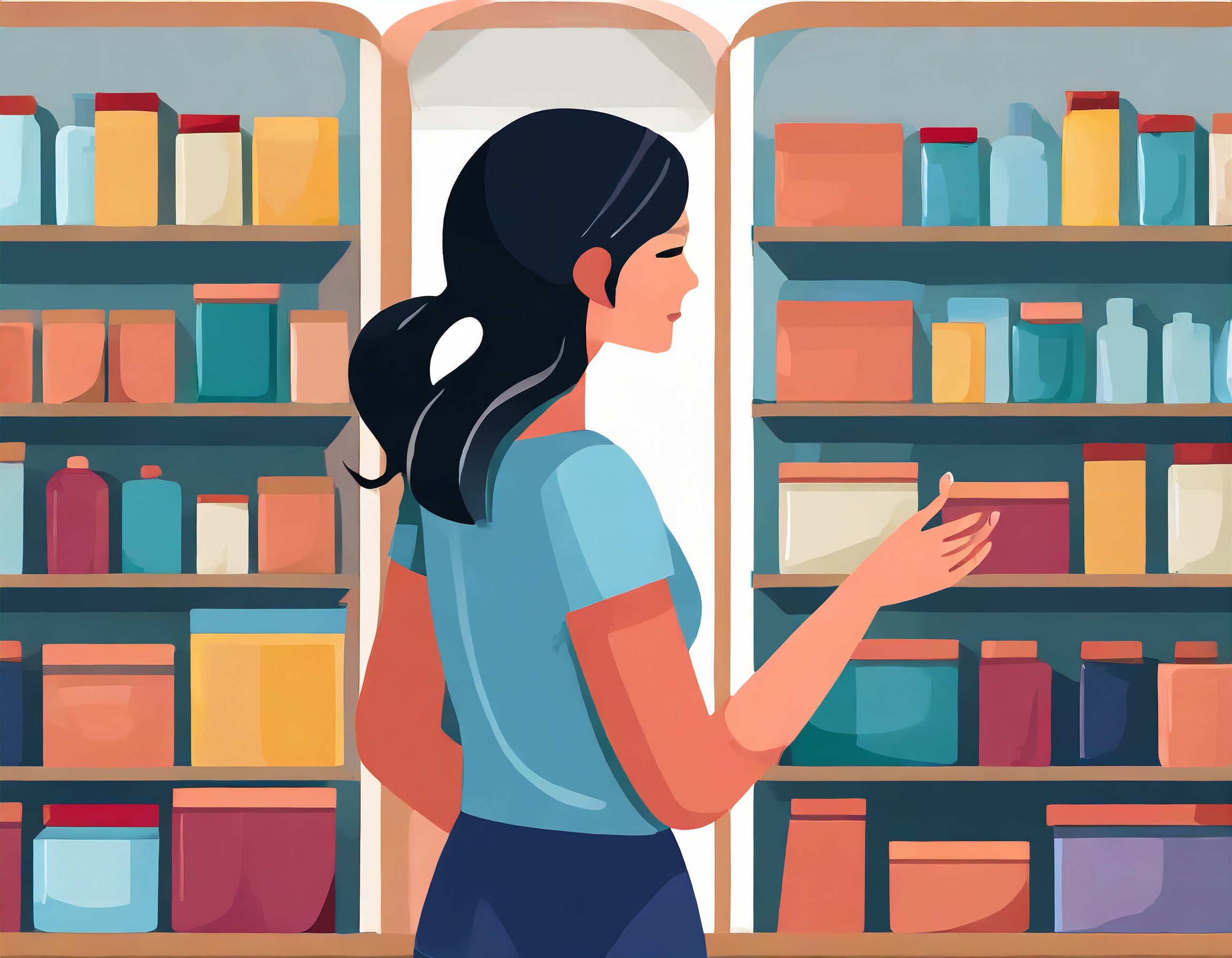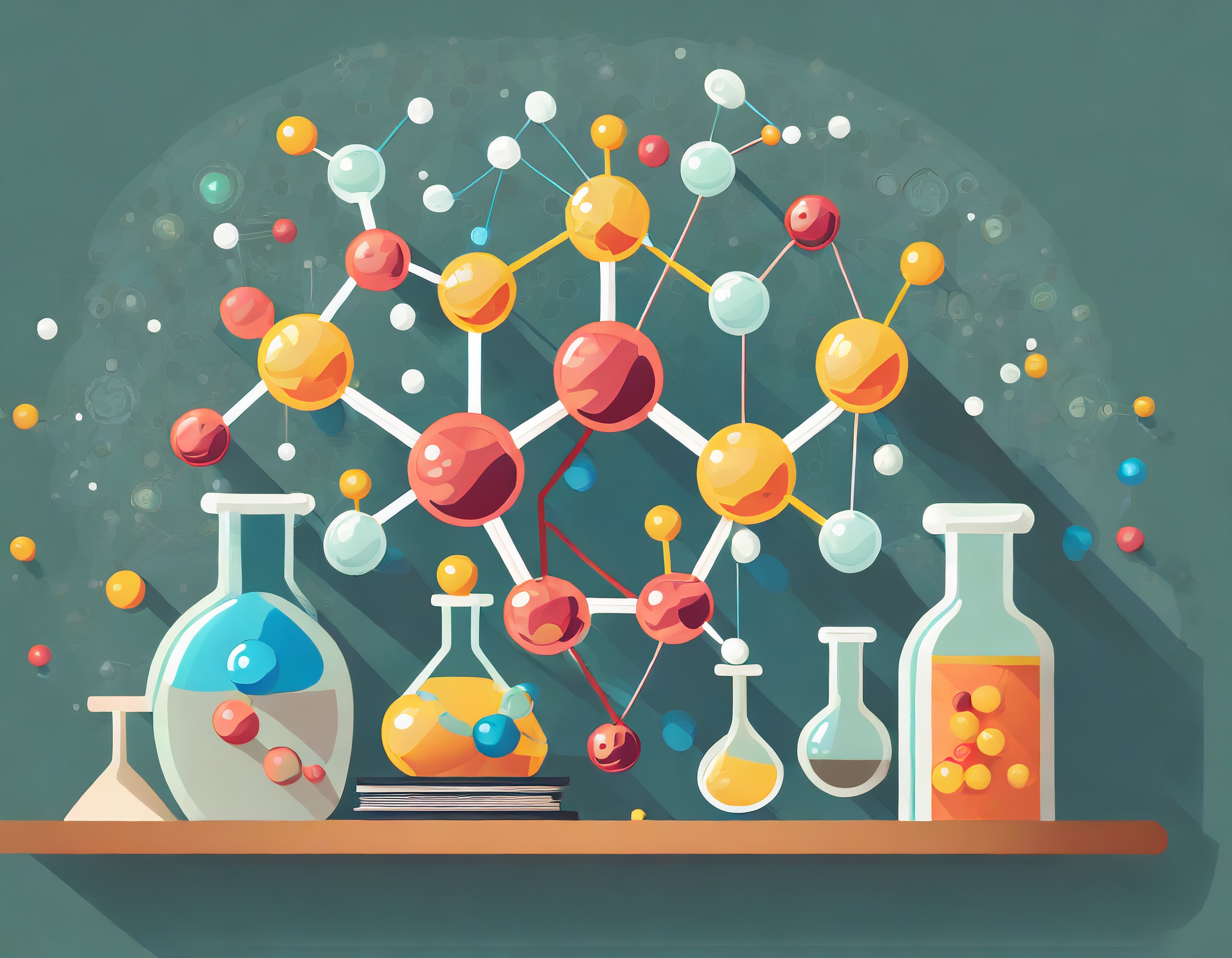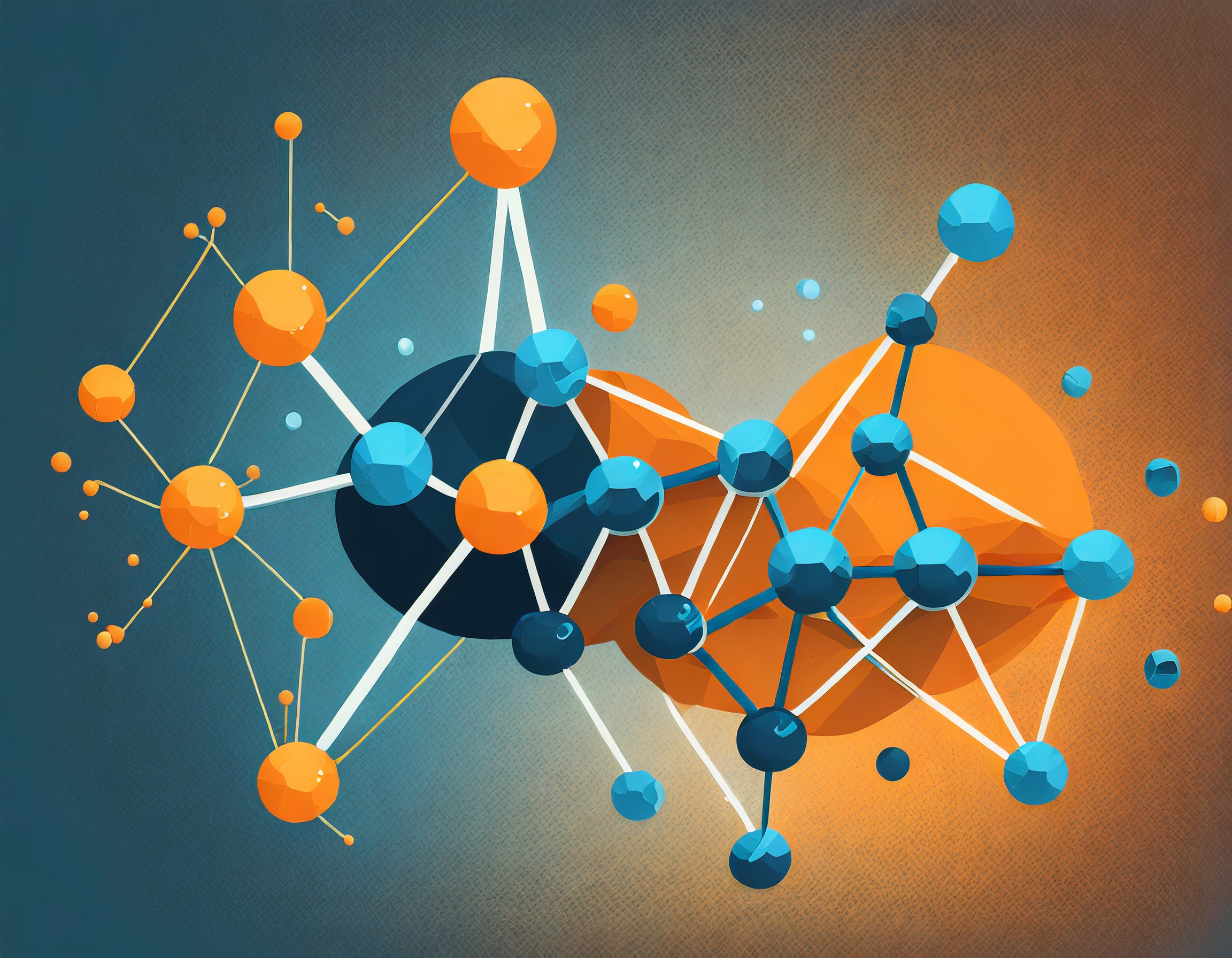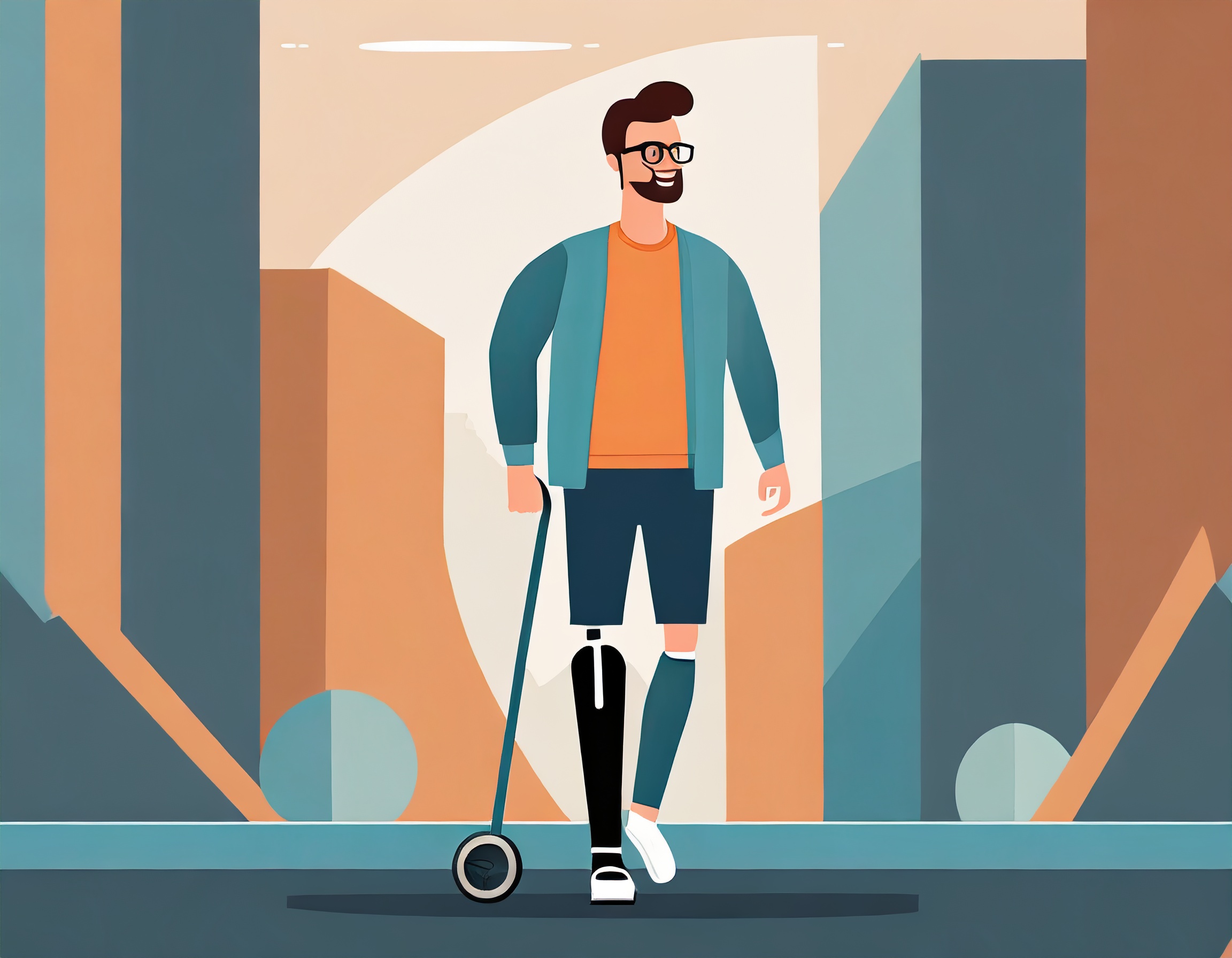Hello!
I'm Oleksii Tsepa, Machine Learning Engineer with 3 years of experience in various domains, including Retail , Drug Discovery and Robotics
View My Resume
Get in touch alextsepa001@gmail.com
I'm currently a Machine Learning Engineer at Competera, revolutionizing price optimization with AI. I work on challenges, including sales forecasting, product matching, and product representation learning. Also, I carry out the hiring process and collaborate with stakeholders to define the product roadmap.
I am completing my Master's degree at University of Toronto under the supervision of Bo Wang. My research mainly focuses on molecular machine learning with Graph and Language Models. Previously, I worked on predicting lower limb kinematics using visual and kinematic perception of the environment under the supervision of Brokoslaw Laschowski. During my time at University of Toronto I published 3 conference papers.
In my spare time, I enjoy participating in ML hackathons. I led a team of 3 machine learning engineers, where we participated in 10+ competitions, won 3 first places, and more than 5+ prize places.

Led the development of the Product Matching Recommender System to reduce the cost of manual matching by more than 40%. We aimed to automate the manual matching of the same products on different websites. The RecSys consisted of the retrieval stage - tf-idf to find the top-K closest products to the target product,and the ranker stage - RoBERTa to rank those top-K products. Finally, the model reached a precision of 95% and recall of 70%.

Developed a model for de-novo molecule generation conditioned on mass spectra using transformers. Further, the model was finetuned with RL methods based on the feedback from the mass-spectrum predictor (reward model), including PPO, and a fully differentiable approach.

Drug synergy, characterized by the amplified combined effect of multiple drugs, presents a critical phenomenon for optimizing therapeutic outcomes. We introduced a novel Conditional Graph Fusion Layer (CongFu) designed for drug synergy predictions. CongFu outperformed state-of-the-art methods on 11 out of 12 benchmark datasets. By addressing the challenge of predicting drug synergy in untested drug pairs, CongFu opens new avenues for optimizing drug combinations and advancing personalized medicine.
[paper, code]

We develop a model for continuous prediction of leg kinematics. To do this, we use computer vision data, as it can provide a great context about the subject surroundings and unstructured events, along with the locomotion data to inform our system about the current state of the subject and their movement dynamics. We improved state-of-the-art bionic leg control accuracy (RMSE) by 20% while achieving 20x faster inference by designing novel model multimodal architecture. Further, the model was deployed on Jetson Nano and, with inference optimization, achieved 125 fps.
[paper, code]
2. Tsepa O, Kucheruk D, Anderson A. Unsupervised Bot Detection on Twitter with Graph Autoencoders.
3. Tsepa O*, Naida B*, Goldenberg A, Wang Bo. CongFu: Conditional Graph Fusion for Drug Synergy Prediction. Accepted to NeurIPS AI4D3 2023. [paper, code]
4. Tsepa O, Yang Xu. Semantic Change Detection with Graph Neural Networks. [paper, code]
5. Tsepa O*, Burakov R*, Laschowski B, Mihailidis A. Continuous prediction of leg kinematics during walking using inertial sensors, smart glasses, and embedded computing. Accepted to ICRA 2023. [paper, code]
6. Kuzmenko D, Tsepa O, Kurbis A G, Laschowski B, Mihailidis A. Vision-Based Automated Stair Recognition for Wearable Robotics using Semi-Supervised Learning. Accepted to IROS 2023. [paper]
7. Tsepa O. Product Embeddings in Retail Industry with Graph Neural Networks. Bachelor’s thesis. [poster]
- Python
- SQL
- Spark
- C++
- PyTorch
- TensorFlow
- transformers
- DeepSpeed
- Sklearn
- LightGBM
- Pandas
- Matplotlib
- GCP
- SLURM
- Git
- Docker
- Databricks
- Linux
- WandB
- Bash
- LaTex
The solution aimed to simplify diagnostic workflow by pruning the number of assessments performed in the general internal medicine ward. We use past known lab test results to predict whether the patient deteriorated or was discharged. As a result, we could decrease the amount of additional tests by an average of 3% while retaining the same outcome.
[datathon, presentation]
We had to build a model to predict the segment of churn drivers, i.e., drivers who will stop using the service. [solution]
🏆 Won 1st place in the competition 🏆
The task was to predict the book's rating on the GoodReads service. Our multimodal pipeline consisted of scrapping external text data about authors, incorporating trainable images, and feature generation. The LightGBM model was evaluated based on 5-fold stratified cross-validation. The model was deployed to the web service with Streamlit and Heroku.
🏆 Won 1st place in the competition 🏆
Led a team of 3 Data Scientists to create a USD/UAH exchange rate forecasting platform. We applied a time-series autoregressive approach consisting of feature generation (rolling statistics with different window sizes), backward feature selection, handling with nonstationarity by differentiating the target, and pseudo-labeling for a long-term forecast.
[solution]
🏆 Won 2nd place in the competition 🏆
Supported the lectures on “Intro to Computer Programming” for 100+ students by answering ongoing questions. Conducted 1-1 office hours by clarifying misunderstandings in lecture materials and home assignments.
Screened and interviewed candidates for the University of Toronto Summer Program for Students from Ukraine. During the process, 60+ resumes and motivation letters were reviewed, and were conducted 5 interviews to asses candidates experience, technical strength, and research potential. I also provided candidates with information about the program and answered any ongoing questions. After admission, I supported successful candidates in relocating and adapting to the new environment. [program]